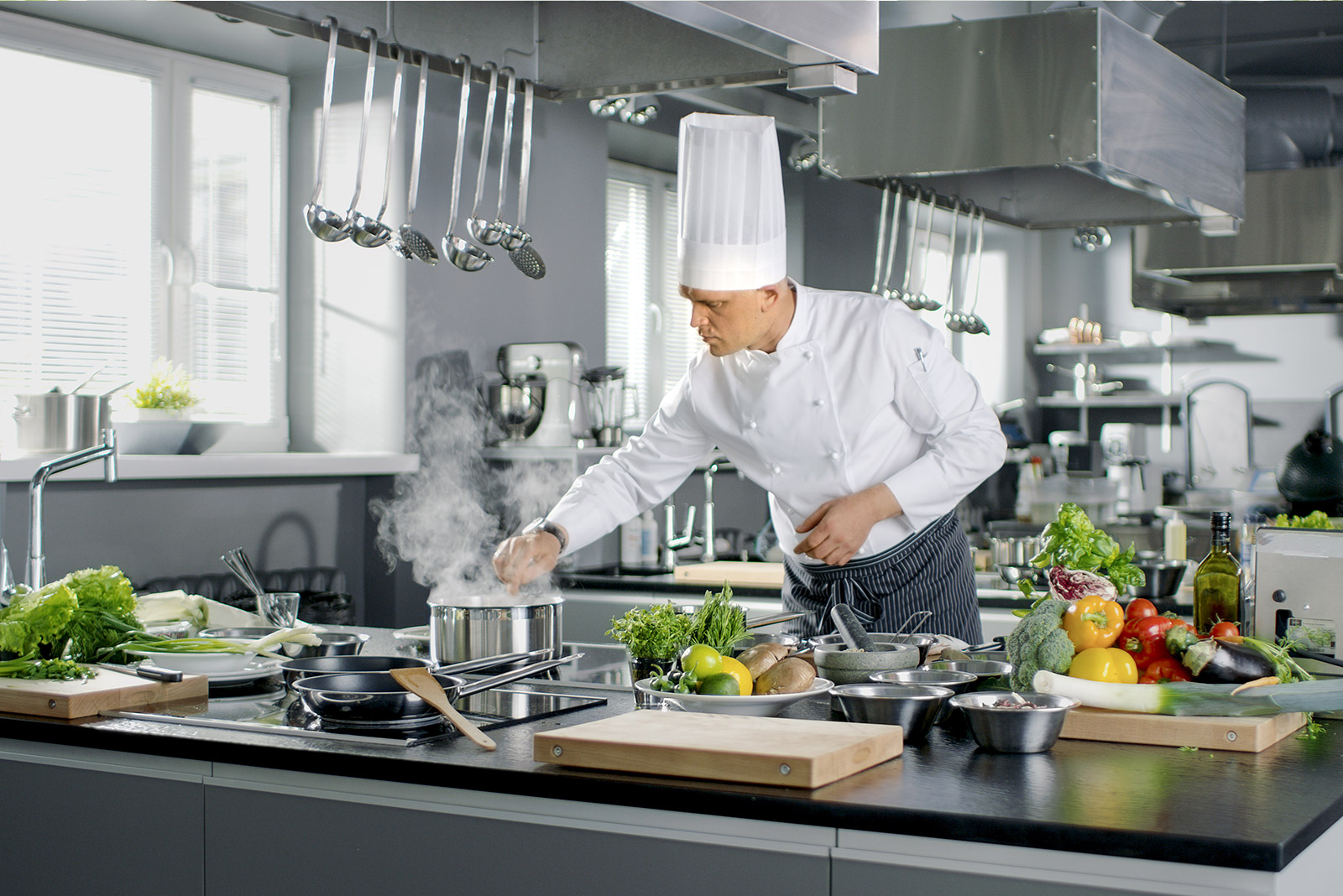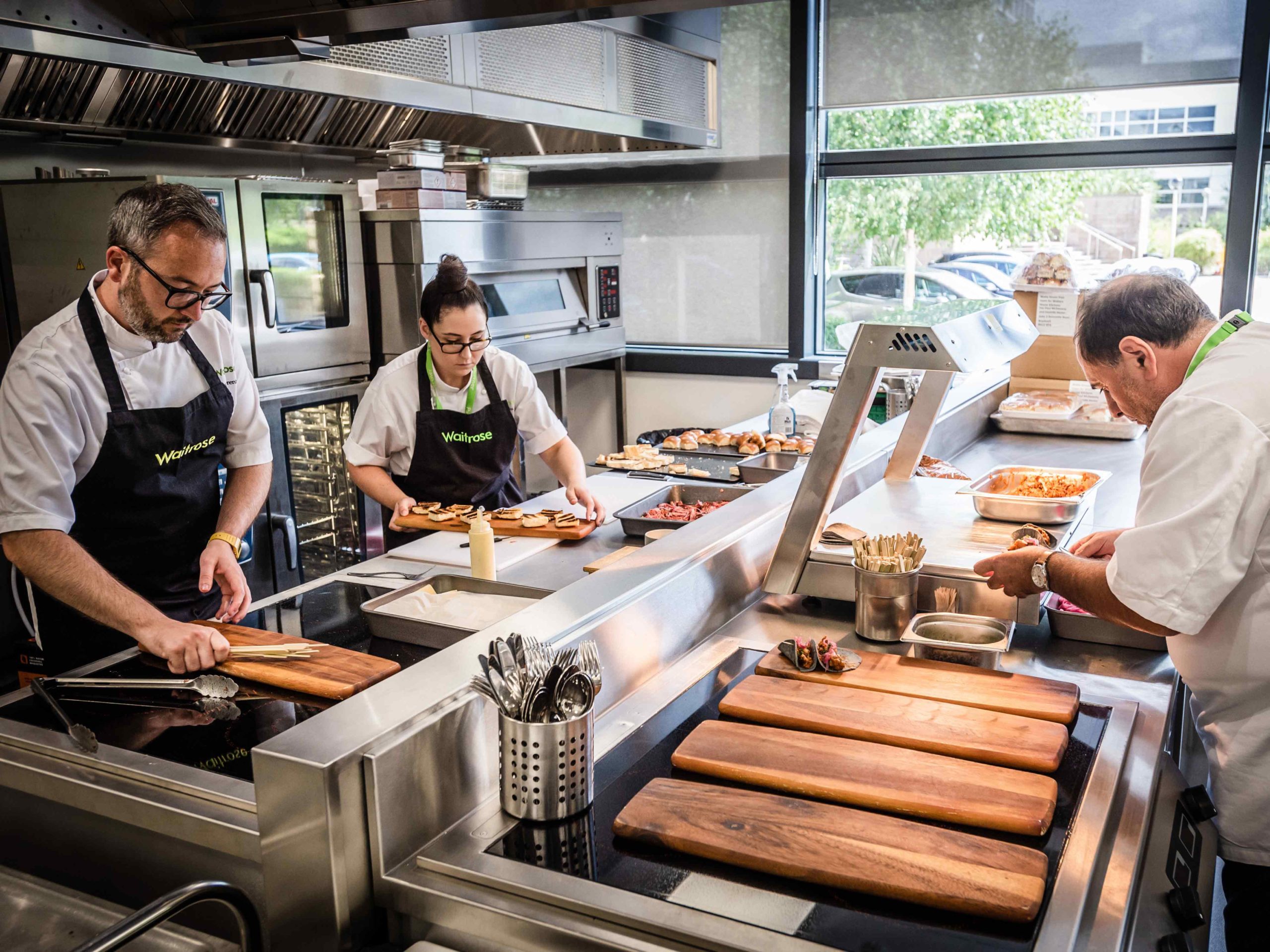The Kitchen Cabinet Maker Job Market

The kitchen cabinet maker job market is a dynamic and ever-evolving field, driven by the continuous demand for stylish and functional kitchens. Let’s delve into the current state of the market to understand its growth potential and the opportunities it presents.
Demand for Kitchen Cabinet Makers
The demand for skilled kitchen cabinet makers remains robust, fueled by the growing home renovation and construction industries. Homeowners are increasingly investing in kitchen upgrades, recognizing the importance of a well-designed and functional space. Furthermore, the rise in new home construction projects further bolsters the demand for qualified professionals.
Geographic Areas with Highest Demand
While demand for kitchen cabinet makers is widespread, certain geographic areas experience higher demand due to factors like population growth, economic activity, and housing market trends. These areas often include:
- Major metropolitan areas: Cities like New York, Los Angeles, Chicago, and San Francisco, with their thriving real estate markets and high concentrations of homeowners, consistently exhibit a strong demand for kitchen cabinet makers.
- Suburban areas: Suburban regions surrounding major cities often experience rapid growth and a surge in home construction and renovation projects, creating a high demand for skilled professionals in the kitchen cabinet making industry.
- Coastal regions: Coastal areas, known for their desirable lifestyle and high property values, often see a steady stream of home renovation projects, driving the need for experienced kitchen cabinet makers.
Average Salary Range for Kitchen Cabinet Maker Positions
The average salary range for kitchen cabinet maker positions varies depending on factors such as experience, location, and employer. Generally, kitchen cabinet makers can expect to earn:
- Entry-level positions: Entry-level positions typically offer an average salary range of $30,000 to $45,000 per year.
- Experienced professionals: Experienced kitchen cabinet makers with proven skills and a strong portfolio can earn salaries ranging from $45,000 to $70,000 per year.
- Master craftsmen: Highly skilled and experienced master craftsmen can command salaries exceeding $70,000 per year, particularly in high-demand areas.
Types of Employers Who Hire Kitchen Cabinet Makers, Kitchen cabinet maker jobs
Kitchen cabinet makers are employed by a diverse range of employers, including:
- Small businesses: Small, independent cabinet shops and woodworking businesses often hire kitchen cabinet makers to handle all aspects of cabinet production, from design to installation.
- Large corporations: Large corporations specializing in kitchen and bathroom remodeling or home construction often employ kitchen cabinet makers as part of their larger teams.
- Home improvement retailers: Home improvement retailers like Home Depot and Lowe’s may employ kitchen cabinet makers to provide in-store consultations and installation services.
- Freelance work: Skilled kitchen cabinet makers can also choose to work independently, taking on freelance projects for homeowners and businesses.
Essential Skills and Qualifications

To succeed in the kitchen cabinet making industry, you need a unique blend of technical expertise, creative flair, and interpersonal skills. This section delves into the essential skills and qualifications that are crucial for a thriving career in this field.
Technical Skills
Technical skills are the foundation of kitchen cabinet making. They involve the ability to use various tools and techniques to create high-quality cabinets.
- Woodworking Skills: Mastery of woodworking techniques is essential. This includes cutting, shaping, joining, and finishing wood. Cabinet makers should be proficient in using hand tools like saws, chisels, and planes, as well as power tools like routers, sanders, and table saws.
- Measuring and Layout: Accurate measurements and precise layouts are critical for ensuring that cabinets fit perfectly in kitchens. This involves using measuring tools like tape measures, rulers, and squares, and understanding how to create accurate plans and drawings.
- Cabinet Construction Techniques: Knowing how to construct cabinets using different methods, such as frame and panel, or face frame construction, is essential. This involves understanding the different joinery techniques, like mortise and tenon, dovetail, or pocket hole joinery.
- Finishing Techniques: Applying finishes to cabinets is crucial for protecting them and enhancing their appearance. This involves understanding different types of finishes, such as paints, stains, and varnishes, and applying them correctly.
- Installation: Installing cabinets correctly is crucial for ensuring their functionality and longevity. This involves understanding how to mount cabinets securely to walls, and how to adjust and level them.
Design and Aesthetics
In today’s competitive market, design and aesthetics play a vital role in the success of kitchen cabinet makers.
- Understanding Design Principles: Kitchen cabinet makers need to understand basic design principles, such as color theory, balance, and proportion. This helps them create aesthetically pleasing and functional cabinets that complement the overall kitchen design.
- Staying Updated with Trends: The kitchen design industry is constantly evolving, so it’s crucial to stay updated with the latest trends. This involves attending industry events, reading design magazines, and browsing online design resources.
- Customization and Personalization: Clients increasingly desire personalized kitchens, so cabinet makers need to be able to incorporate custom designs and features into their work. This might involve incorporating unique materials, finishes, or hardware.
Communication Skills
Effective communication is crucial for success in this field.
- Client Interaction: Kitchen cabinet makers need to be able to communicate effectively with clients, understand their needs and preferences, and translate those into designs and specifications.
- Collaboration with Colleagues: Working in a team environment requires strong communication skills. Cabinet makers need to be able to communicate clearly with colleagues, including designers, installers, and suppliers.
Educational Background and Certifications
While formal education is not always mandatory, it can provide a strong foundation for a successful career in kitchen cabinet making.
- Trade School or Apprenticeship: Trade schools offer programs in woodworking and cabinet making, providing practical skills and knowledge. Apprenticeships offer hands-on experience under the guidance of experienced professionals.
- Certifications: Certifications, such as those offered by the National Kitchen & Bath Association (NKBA), can demonstrate a commitment to professional standards and knowledge.
Day-to-Day Responsibilities: Kitchen Cabinet Maker Jobs

A kitchen cabinet maker’s daily routine is a blend of meticulous craftsmanship and creative problem-solving. They work with various materials and tools to bring custom kitchen designs to life, ensuring functionality and aesthetics meet client expectations.
Creating Custom Kitchen Cabinets
Each day involves a unique set of tasks, depending on the stage of the project. Here’s a breakdown of typical activities:
- Reviewing blueprints and client specifications: Understanding the design, dimensions, and desired finishes is crucial for accurate cabinet construction.
- Cutting and shaping materials: Using saws, routers, and other power tools, cabinet makers precisely cut wood, plywood, and other materials according to the blueprints.
- Assembling cabinet frames and drawers: They join components using various techniques, including dowels, screws, and glue, ensuring sturdiness and stability.
- Installing hardware and finishing touches: Cabinet makers install hinges, drawer slides, and other hardware, ensuring smooth operation and a polished look.
- Applying finishes: They stain, paint, or varnish cabinets to achieve the desired color, sheen, and protective coating.
Utilizing Tools and Equipment
Kitchen cabinet makers work with a variety of tools and equipment, each serving a specific purpose. Here’s a look at some common tools:
- Power saws: These are used for cutting wood, plywood, and other materials to precise dimensions. Types include circular saws, table saws, and miter saws.
- Routers: These tools are used for shaping edges, creating decorative details, and creating grooves for drawer slides and hinges.
- Sanding equipment: Sanding is essential for smoothing surfaces and preparing them for finishing. This can include belt sanders, orbital sanders, and hand sanders.
- Measuring tools: Accurate measurements are vital for cabinet making. Tools include tape measures, rulers, and calipers.
- Clamps and jigs: These help secure materials during cutting, shaping, and assembly, ensuring precise alignment and stability.
Installing and Finishing Kitchen Cabinets
Once cabinets are built, they need to be installed and finished to complete the project.
- Installing cabinets: This involves carefully positioning cabinets on walls, ensuring they are level and plumb. Cabinet makers use various tools, including levels, plumb bobs, and measuring tapes, to ensure accurate installation.
- Finishing touches: After installation, final adjustments are made, including aligning doors and drawers, and ensuring all hardware is functioning properly. Any necessary touch-ups or repairs are completed at this stage.
Kitchen cabinet maker jobs – Being a kitchen cabinet maker is a rewarding career, requiring a blend of artistry and technical skill. You’re essentially crafting the heart of a home, a space where memories are made. Sometimes, though, existing cabinets might need a refresh rather than a complete overhaul.
That’s where kitchen cabinet refacing in St. Louis comes in handy. This process can give cabinets a whole new look without the expense of replacement. So, whether you’re building from scratch or revitalizing existing pieces, there’s a world of opportunity in the kitchen cabinet industry.
Being a kitchen cabinet maker is a skilled trade that requires attention to detail and a keen eye for design. You’re constantly working with wood, hardware, and finishes, and sometimes you even need to get creative with things like kitchen cabinet auto door closers to make sure the cabinets function smoothly.
It’s a job that takes pride in crafting beautiful and functional pieces that become the heart of a home.
